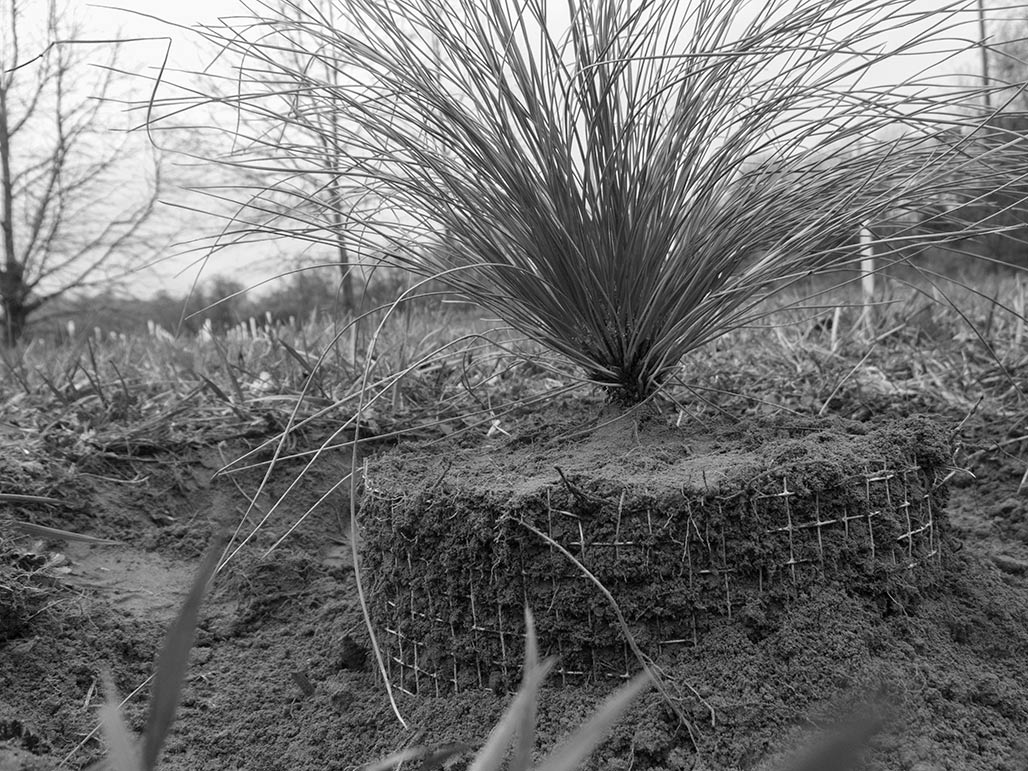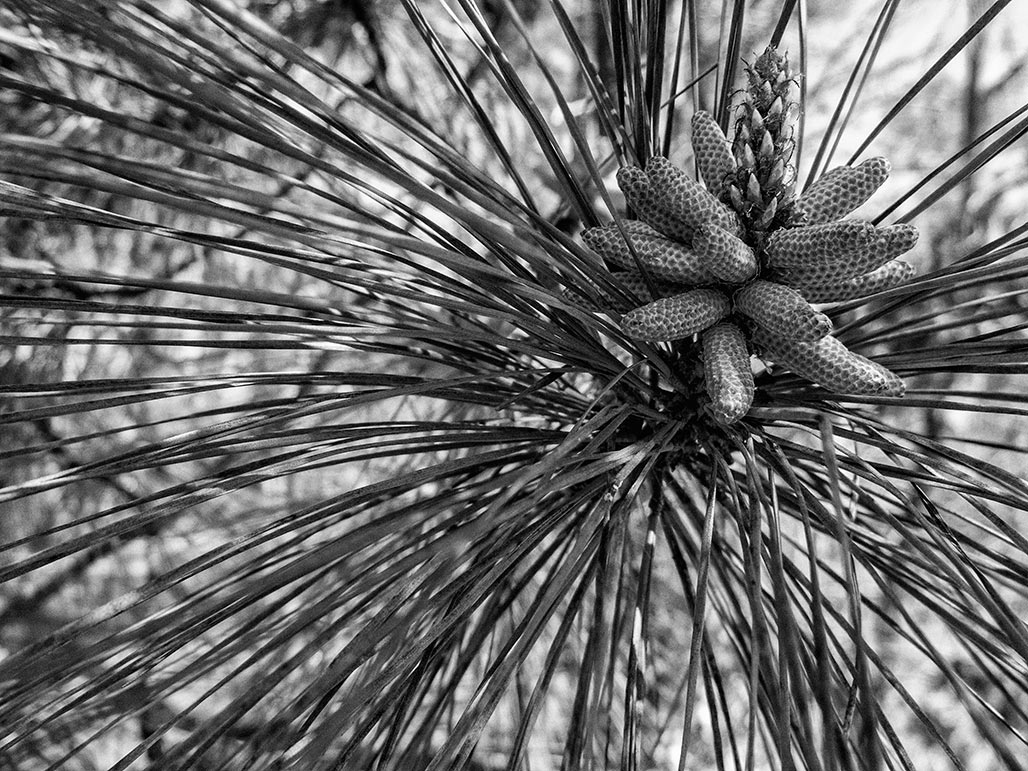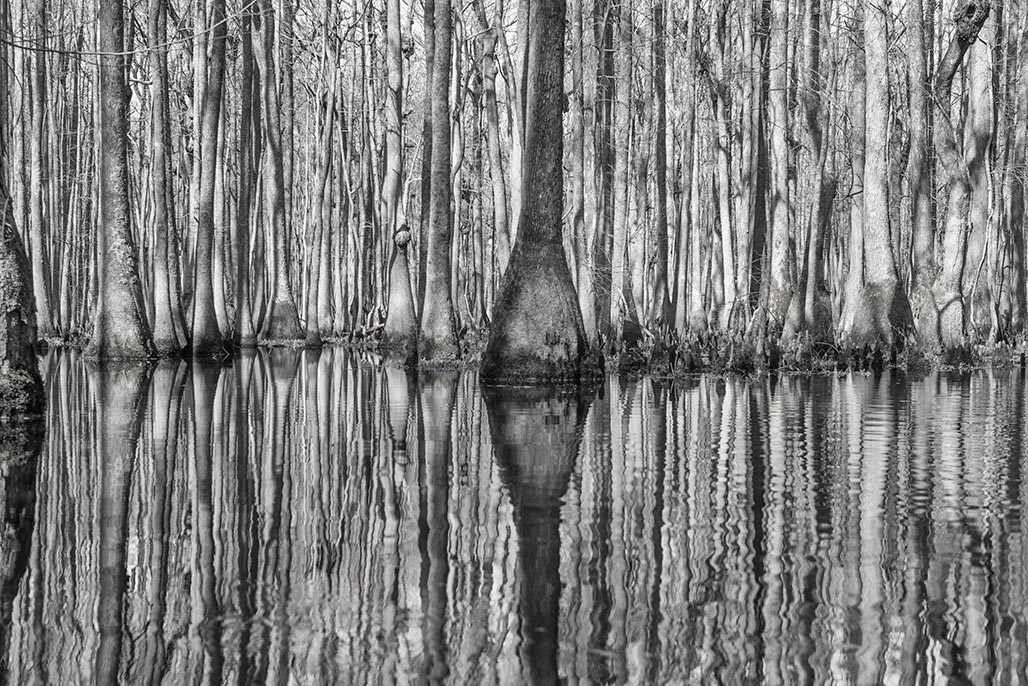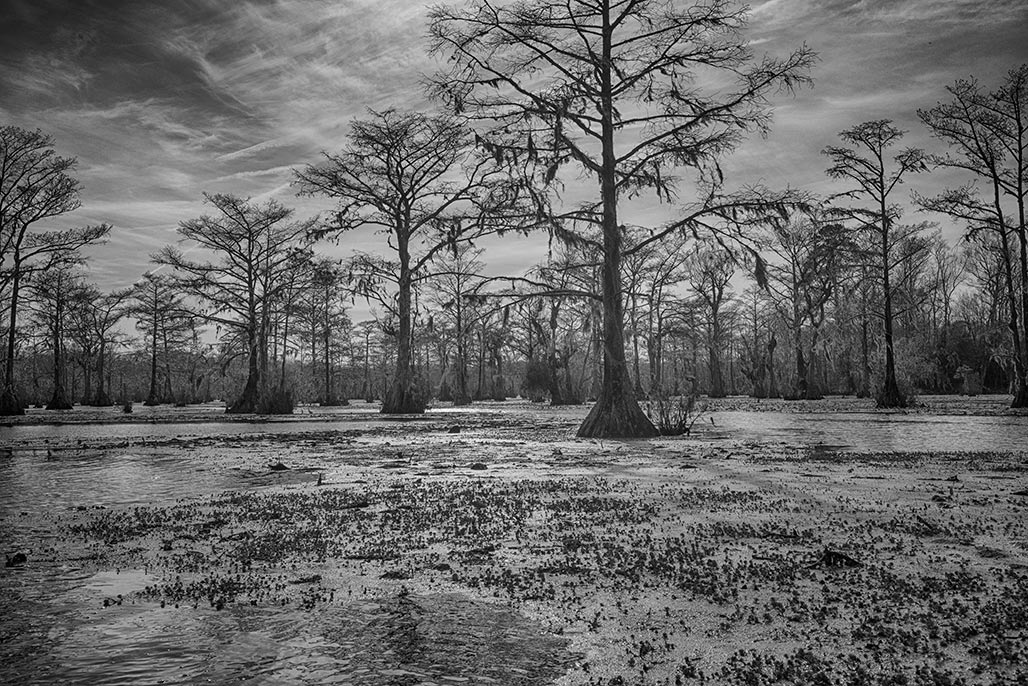
Hoyt Arboretum

photography from the Chesapeake Bay watershed by Bill Emory

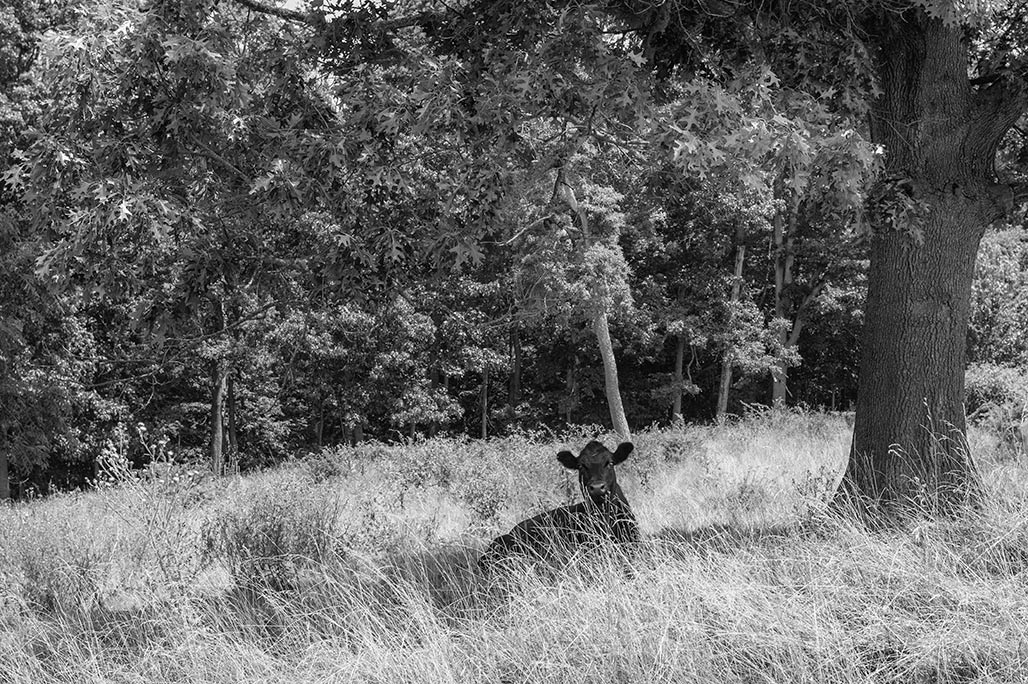


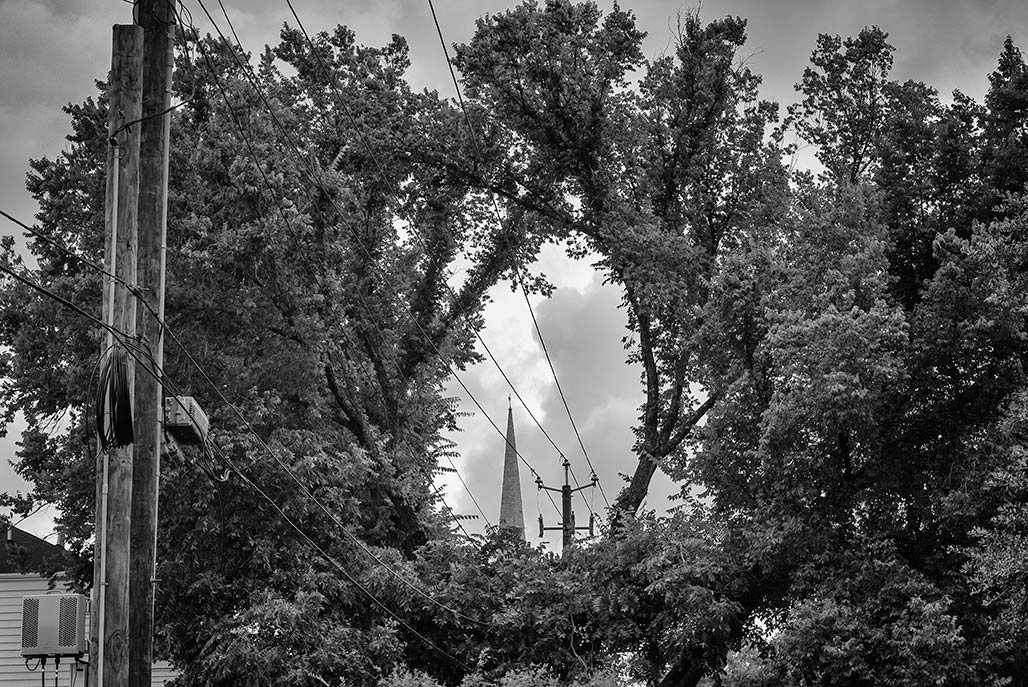
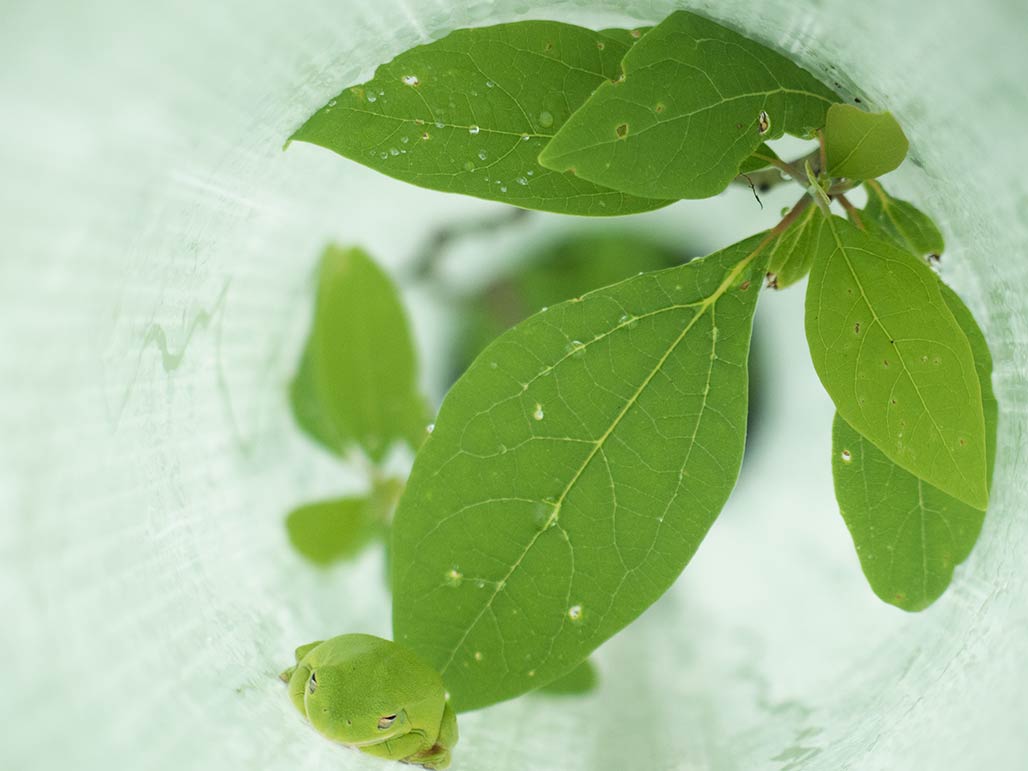
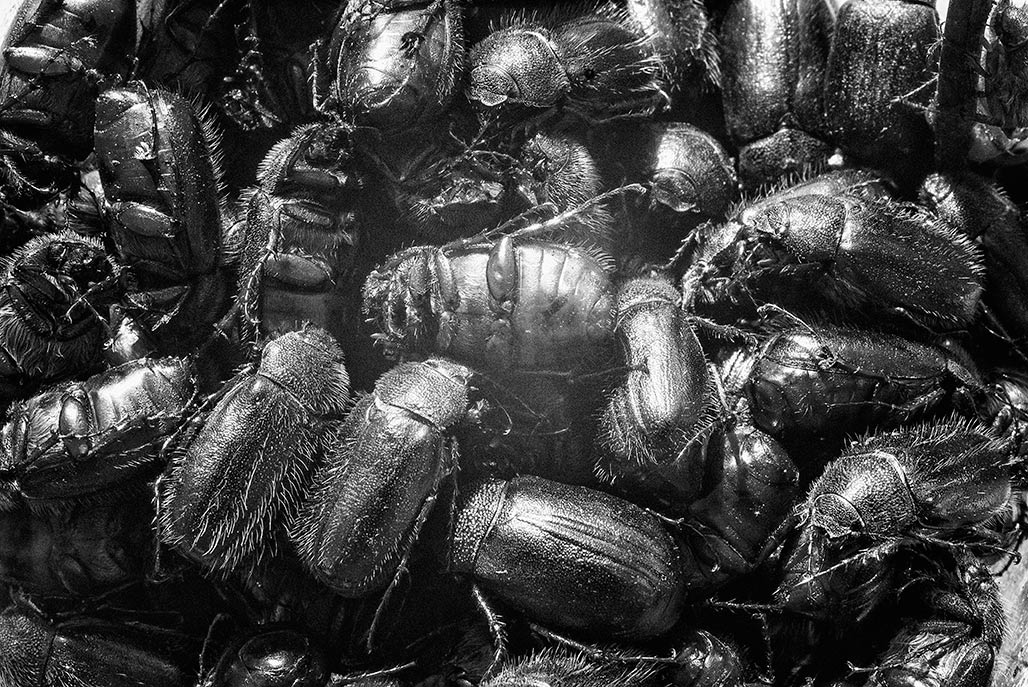
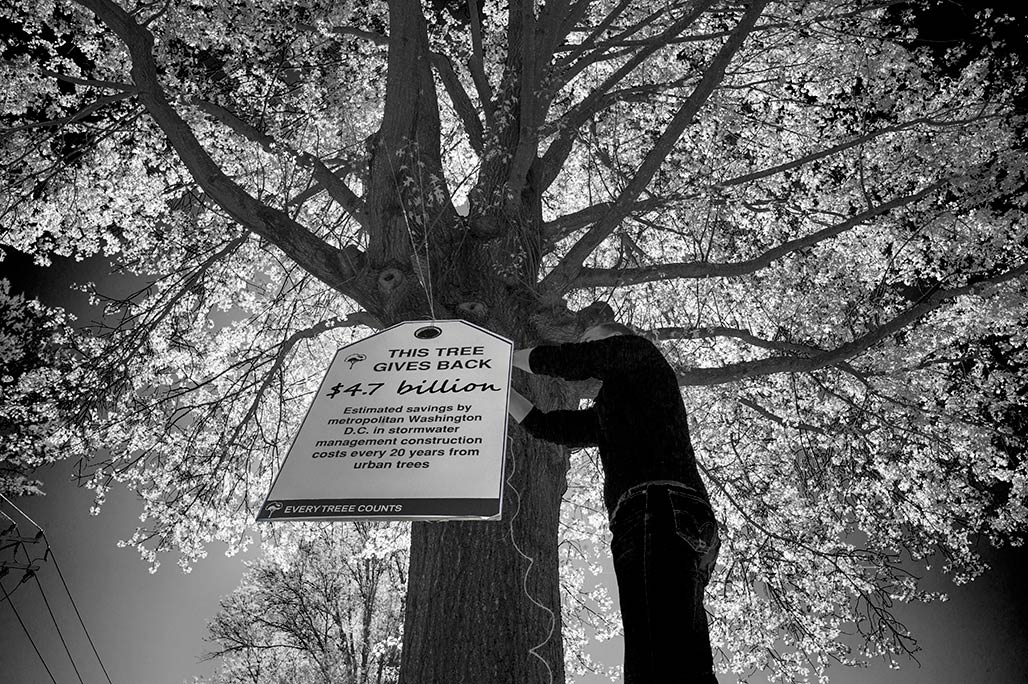
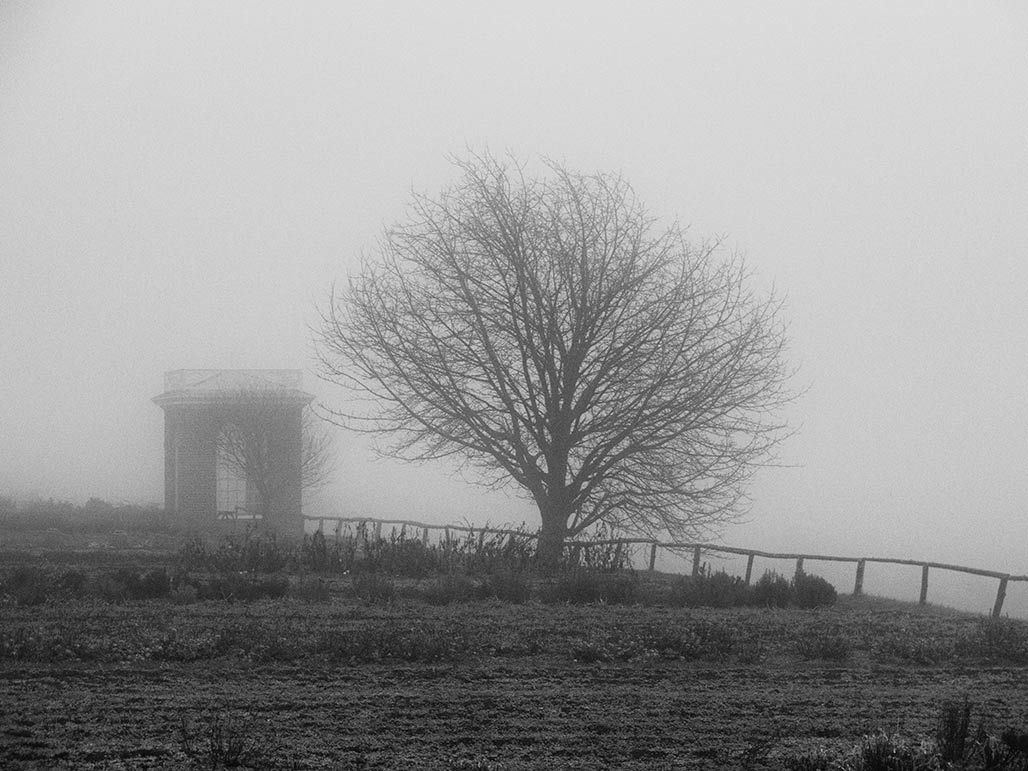

Longleaf pine takes 100 to 150 years to become full size and may live to be 500 years old. When young, they grow a long taproot, which usually is 2–3 m (6.6–9.8 ft) long; by maturity they have a wide spreading lateral root system with several deep ‘sinker’ roots.–Wikipedia

